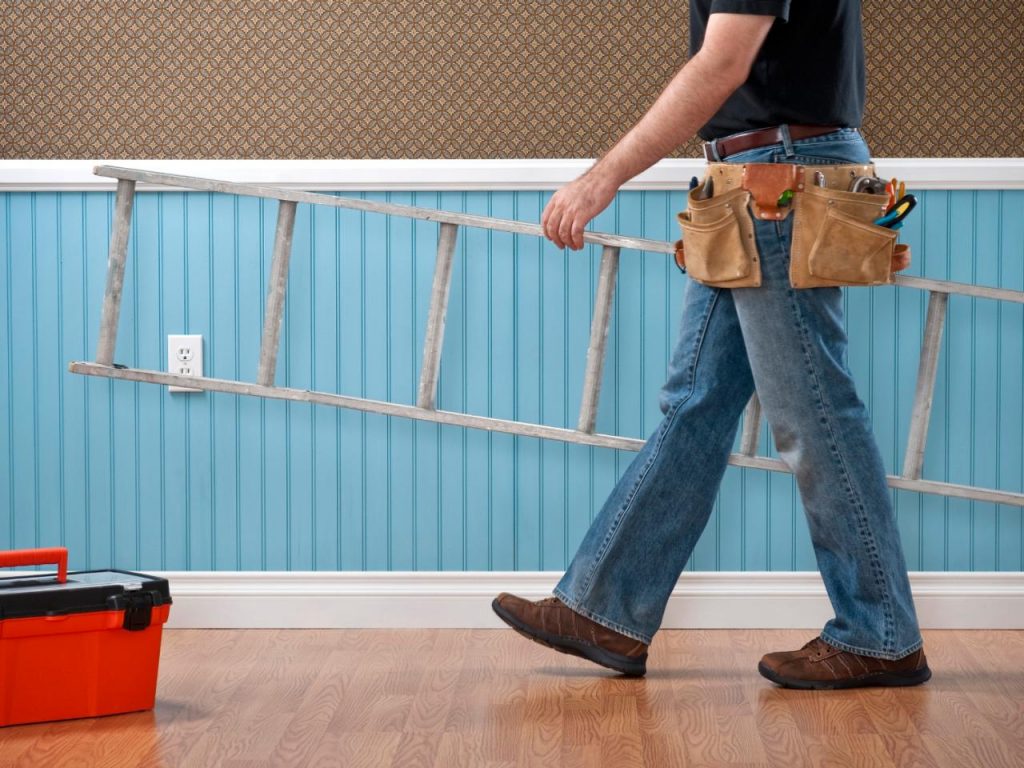Home is more than just a place to rest our heads it is a reflection of our personalities, tastes, and lifestyles. The residential interior designer, often working behind the scenes, plays a pivotal role in shaping the aesthetics of our homes. In this article, we will delve into the world of residential interior design, exploring the expertise and creativity that go into transforming houses into unique and harmonious living spaces. Residential interior design is a multifaceted discipline that blends art and functionality. It is not merely about picking out paint colors or furniture it is about creating an environment that resonates with the occupants on a deep, emotional level. The process begins with a thorough understanding of the client’s needs, preferences, and the architectural features of the space. One of the most important aspects of a residential interior designer’s role is to balance aesthetics with functionality. Aesthetics, of course, are crucial for creating visually pleasing interiors, but functionality ensures that the space is not only beautiful but also practical and comfortable for everyday living.

This balancing act requires a deep knowledge of design principles, spatial planning, and an eye for detail. Space planning is a fundamental aspect of residential interior design. This includes creating efficient layouts for rooms, choosing the right furniture and fixtures, and ensuring proper circulation within the space. The goal is to make every square foot count while maintaining an inviting atmosphere and look. Color selection is another critical element of residential interior design. Colors have the power to influence our moods and perceptions. A skilled interior designer understands the psychology of color and can use it to create specific atmospheres within a home. For example, soothing blues and greens might be chosen for a bedroom to promote relaxation, while vibrant reds and yellows could be used in a kitchen to stimulate energy and appetite. Texture and materials are also carefully curated by residential interior designers. The selection of fabrics, flooring, wall coverings, and finishes plays a significant role in defining the character of a space and look at this site https://bilalrehmanstudio.com/pages/houston. Whether it is the warmth of hardwood floors, the softness of plush carpets, or the tactile appeal of textured wallpapers, these choices add depth and personality to a home’s interior.
Lighting design is another skill sets residential interior designers apart. Proper lighting can transform a room from dull and uninspiring to warm and inviting. It involves selecting the right fixtures, bulbs, and placement to create a well-lit and appealing environment. Additionally, natural light is harnessed to its fullest potential, maximizing its benefits while minimizing glare and shadows. One of the remarkable aspects of residential interior design is its ability to adapt to diverse styles and aesthetics. Designers can specialize in various design styles, from classic and traditional to modern and minimalist. This adaptability allows them to cater to a wide range of client preferences and create homes that are truly reflective of the people who inhabit them. Furthermore, residential interior designers often need to stay updated with the latest trends and technologies. This includes knowledge of sustainable design practices, and smart home integration. They are responsible for making environmentally conscious choices while also ensuring that homes are equipped with the latest in convenience and automation.

